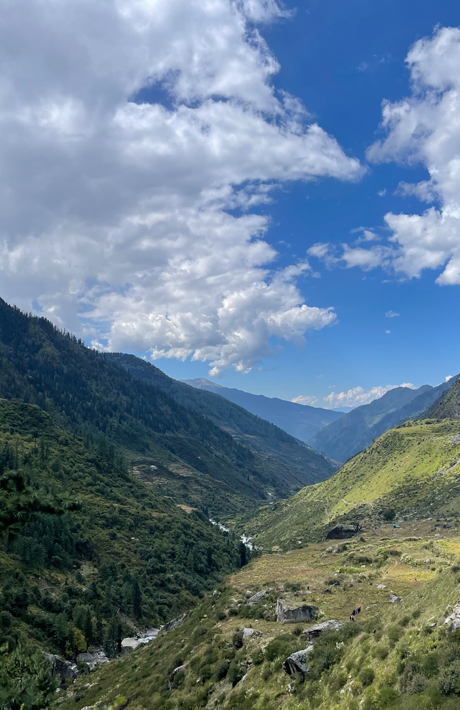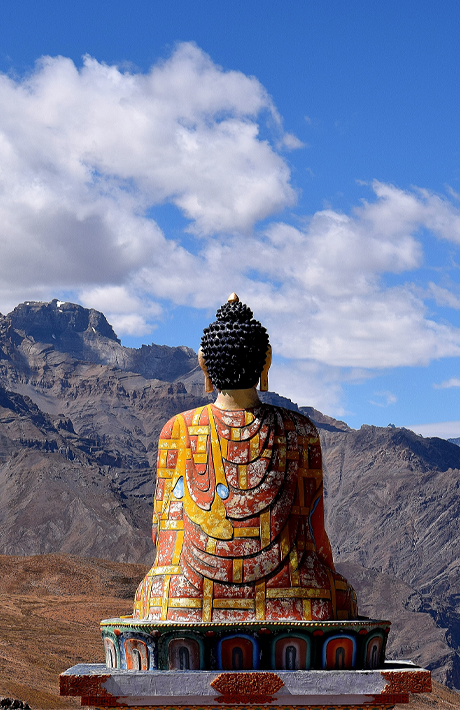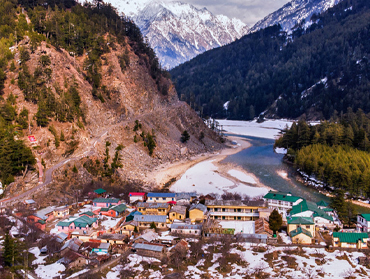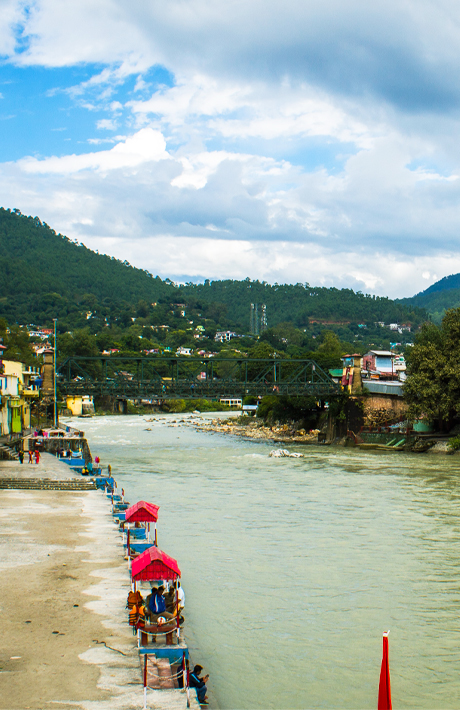
Gangotri National Park
Popular wildlife refuge Gangotri National Park is situated in India's Uttarakhand region's Uttarkashi district. It is named after the Gangotri Glacier and covers an area of 2,390 sq km. Many endangered and uncommon kinds of plants and animals may be found in the park. The park is also said to be the Ganges River's catchment basin, making it India's holiest river.
Between 1,800 meters to 7,083 meters above sea level, the Gangotri National Park is located in the high altitude zone. Snow-covered peaks, glaciers, high-altitude lakes, and alpine meadows define the park. The Bhagirathi, which is regarded as the primary tributary of the Ganges, is one of several rivers that may be found in the park. Many varieties of rhododendrons, oak, deodar, and pine trees are among the park's plant life. A number of medicinal plants, including Kutki, Arjuna, and Brahmi, may also be found in the park. Many wildflower species, such as the Himalayan Blue Poppy, Himalayan Bellflower, and Himalayan Primrose, may be found in the alpine meadows.
Places Information Details are subject to change
-
Gangotri National Park available on google map Click Map
-
Opening Time
- All Day :6:00 am to 7:00 pm
-
Fee Charges (INR)
- Adult150
- ChildFree under 5 years
- Foreigner600
- Student38
- Senior Citizen150




























































